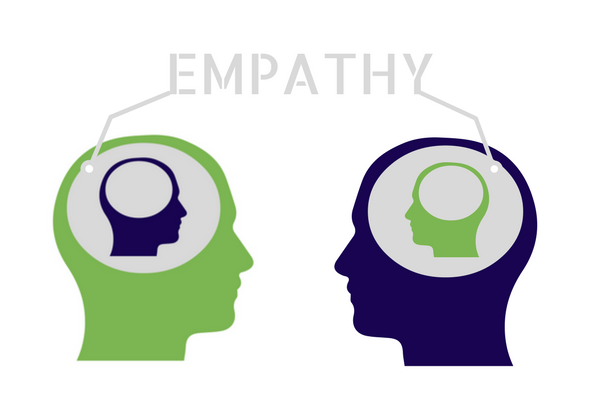Todd’s Note: Here’s the next installment in our series of posts exploring the concept of human-centered communities.
Empathy is often described as the ability to understand and share the feelings of others, but in human-centered communities, it takes on an even more profound significance. It is the cornerstone of a community’s connection, trust, and meaningful relationships. The glue binds individuals, creating a sense of belonging and mutual support.
Empathy is central to a community and transforms how people interact. It encourages active listening, where individuals are genuinely heard and understood. This, in turn, fosters open communication and reduces misunderstandings, often the root cause of conflicts.
Empathy also plays a critical role in conflict resolution. When community members approach disagreements with empathy, they are more likely to seek common ground and find solutions that respect the needs and feelings of everyone involved. This creates a more harmonious and cooperative environment, where differences are seen as opportunities for growth rather than sources of division.
Cultivating empathy within a community requires intentional effort. Here are some practical tips for fostering empathy among community members and leaders:
1. Encourage Active Listening: Teach community members the importance of listening without judgment. Encourage them to focus on the speaker fully, acknowledge their feelings, and respond thoughtfully. Easier said than done in an environment where so much of the interchange happens online, with anonymity giving us bravado we wouldn’t necessarily put on display if our name was attached.
2. Promote Storytelling: Create spaces where people can share their personal stories and experiences. Storytelling helps build empathy by allowing others to see the world from different perspectives. We aim to use a story to illustrate our point, make a connection, or share what we’re all about.
3. Model Empathetic Behavior: Leaders play a crucial role in setting the tone for the community. Leaders can inspire others to do the same by demonstrating empathy in online or face-to-face interactions.
4. Facilitate Empathy-Building Activities: Organize workshops, discussions, or other activities that focus on empathy-building. These could include role-playing exercises, empathy circles, or collaborative projects that require participants to work together and understand each other’s viewpoints.
Empathy is a nice-to-have quality essential for creating a strong, connected community. By prioritizing empathy, we can build communities where individuals feel seen, heard, and valued—where everyone can thrive.

